Cindy Sherman in Menorca: ‘She's decades ahead of social media and the construction of identity for the camera’
‘Cindy Sherman: The Women’, its title a nod to an image-conscious 1930s Broadway hit, takes the American artist's carefully constructed, highly performative works to Hauser & Wirth Menorca
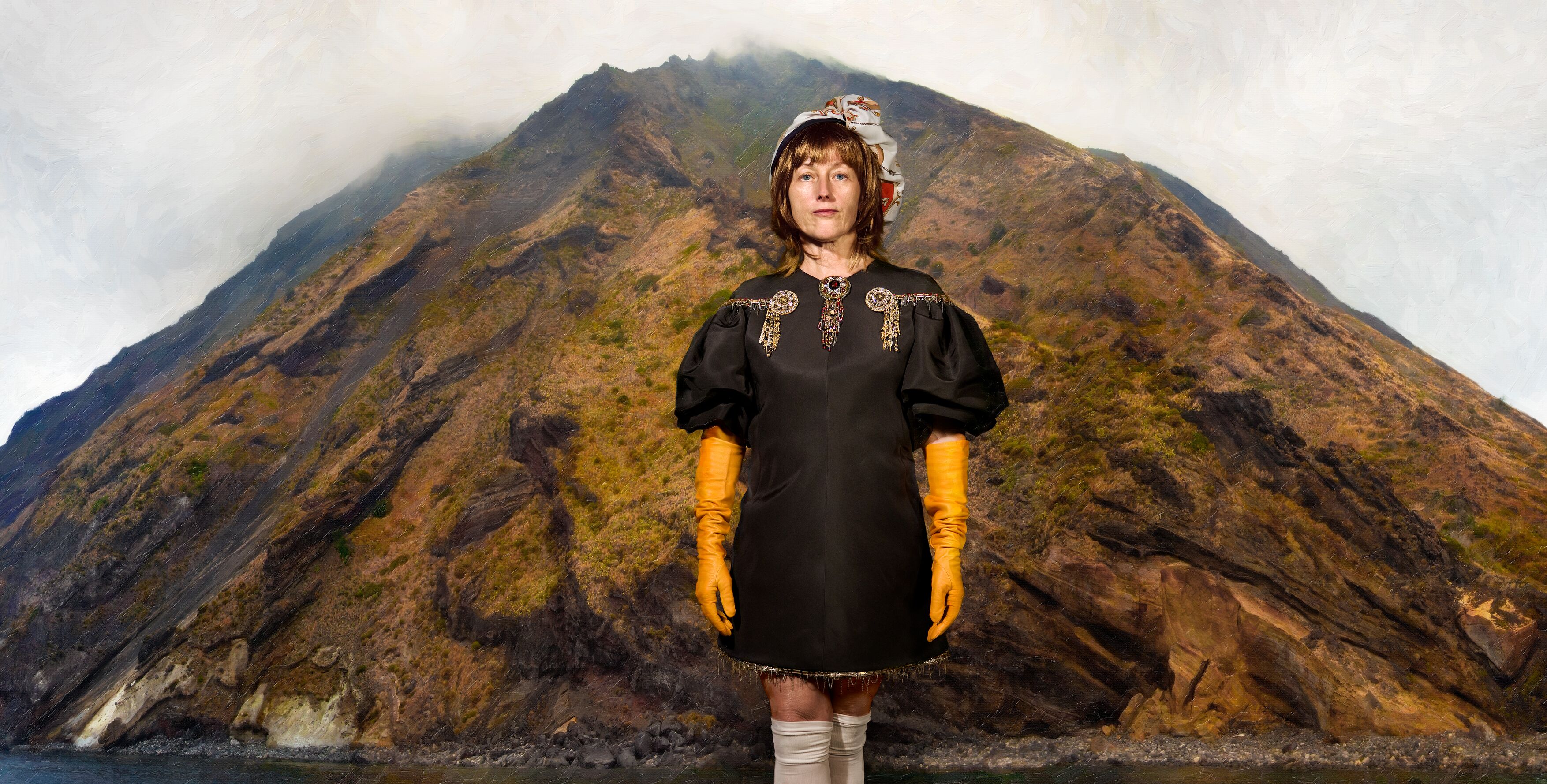
The Women is an acerbic and witty all-female play set among Manhattan’s moneyed elite. Clare Boothe Luce’s ageless comedy, a 1936 Broadway hit, follows a seemingly content socialite whose life turns on its head when she learns of her husband’s affair. Surrounded by an equally image-conscious, socially astute, and gossip-fuelled circle, she navigates betrayal, pride, and quiet reinvention. With a stellar cast led by Norma Shearer and Joan Crawford, the 1939 screen adaptation brilliantly retains the play’s sharp observational tone and wit, as does, to an extent, the 2008 remake.
The Women critiques and celebrates in equal measure – dissecting the performative reality of womanhood. It explores the layered codes, the pressures and the privileges, while acknowledging female solidarity and resilience. In this, it shares common ground with the work of the artist Cindy Sherman, whose new exhibition at Hauser & Wirth Menorca, ‘Cindy Sherman. The Women’, takes its title, literally and playfully.
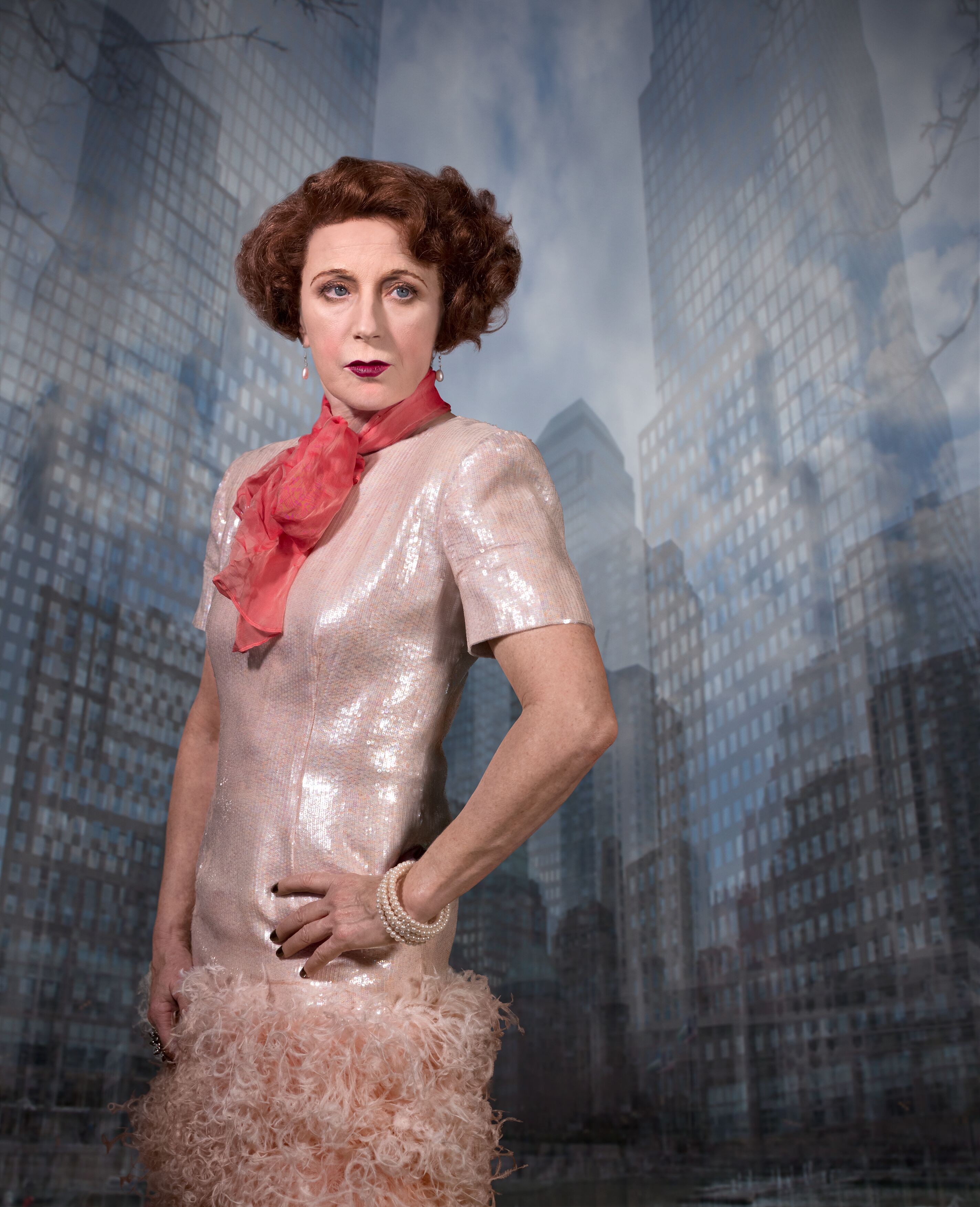
Cindy Sherman, Untitled #568, 2016
Sherman’s first solo exhibition in Spain in over two decades, ‘The Women’ brings together key works from the 1970s to the 2010s – shown without a fixed timeline – to reconsider her legacy in light of today’s image economy, where identity is crafted for digital audiences and self-curation goes unquestioned.
In many ways, Sherman feels like the biographer of our world today. From the start of her career, she’s forensically dissected the ways we inhabit images. Her carefully constructed, highly performative, often cinematic works spoke to audiences way before the language of influencers and personal branding became part of the everyday. ‘She was decades ahead of our current moment of social media and the construction of identity for the camera,’ says the exhibition curator Tanya Barson.
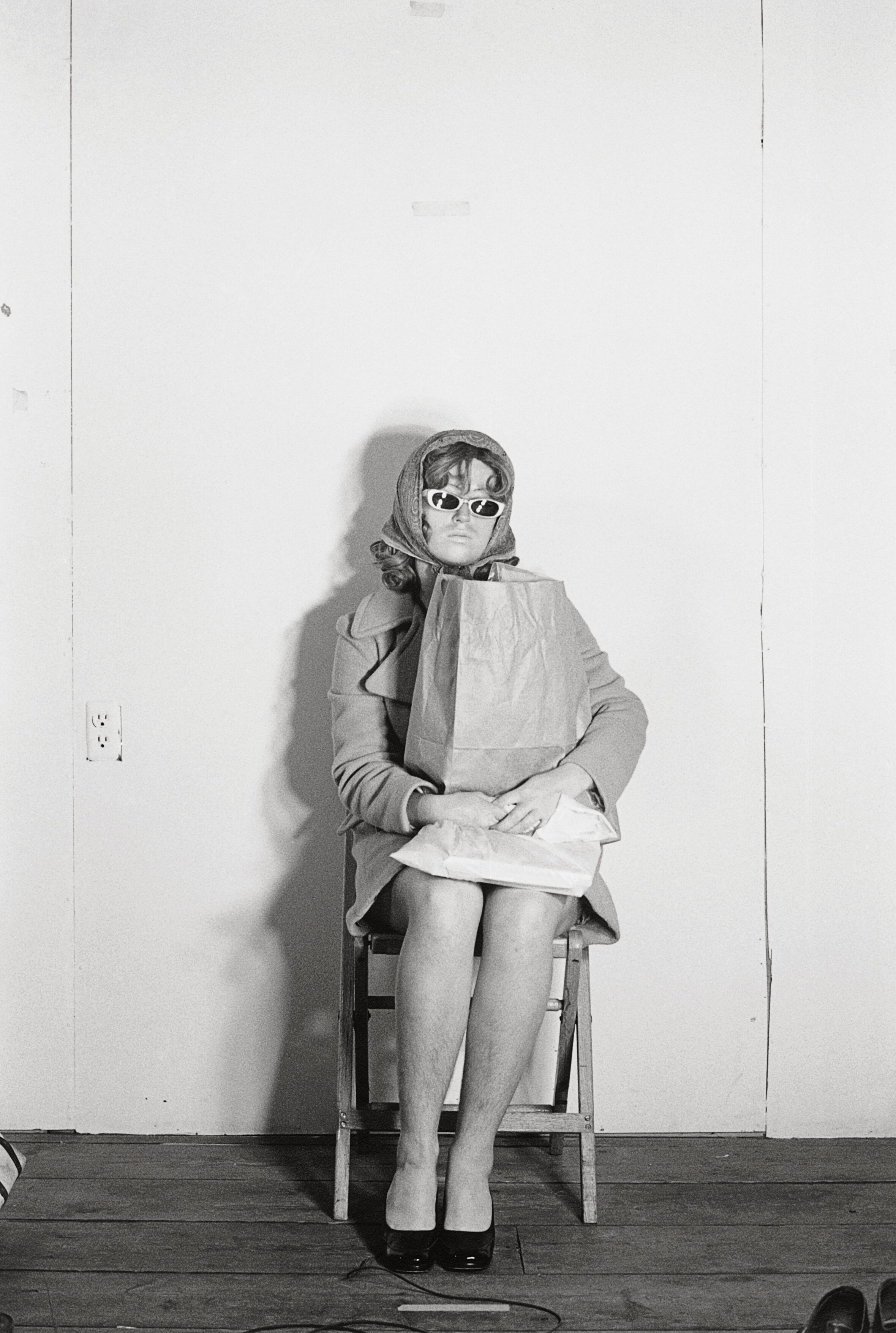
Cindy Sherman, Untitled #369, 1976/2000
Her artwork unpacks the layers of visual identity, examining how it’s constructed, projected and consumed, and the gazes in which women are subjected. Each persona she adopts is both clearly a mask and a mirror, reflecting the roles women are assigned, expected to play, sometimes reclaim. That this process now plays out across millions of screens daily across the globe makes Sherman’s explorations feel uncannily timely.
Hauser & Wirth Menorca, tucked away on the idyllic Illa del Rei just off the coast of Mahón harbour, invites moments of quiet contemplation. The island setting also sets the tone in the opening gallery, which features works from Sherman’s Ominous Landscapes (2010). Here, female figures dressed in haute couture (from original 1920s Coco Chanel pieces to later designs by Karl Lagerfeld) are digitally superimposed onto island scenes, from Capri to Shelter Island. There’s a sense of dislocation to these spectral women – their scale and presence slightly off, mirroring the disconnect between image and environment, and perhaps our current reality.
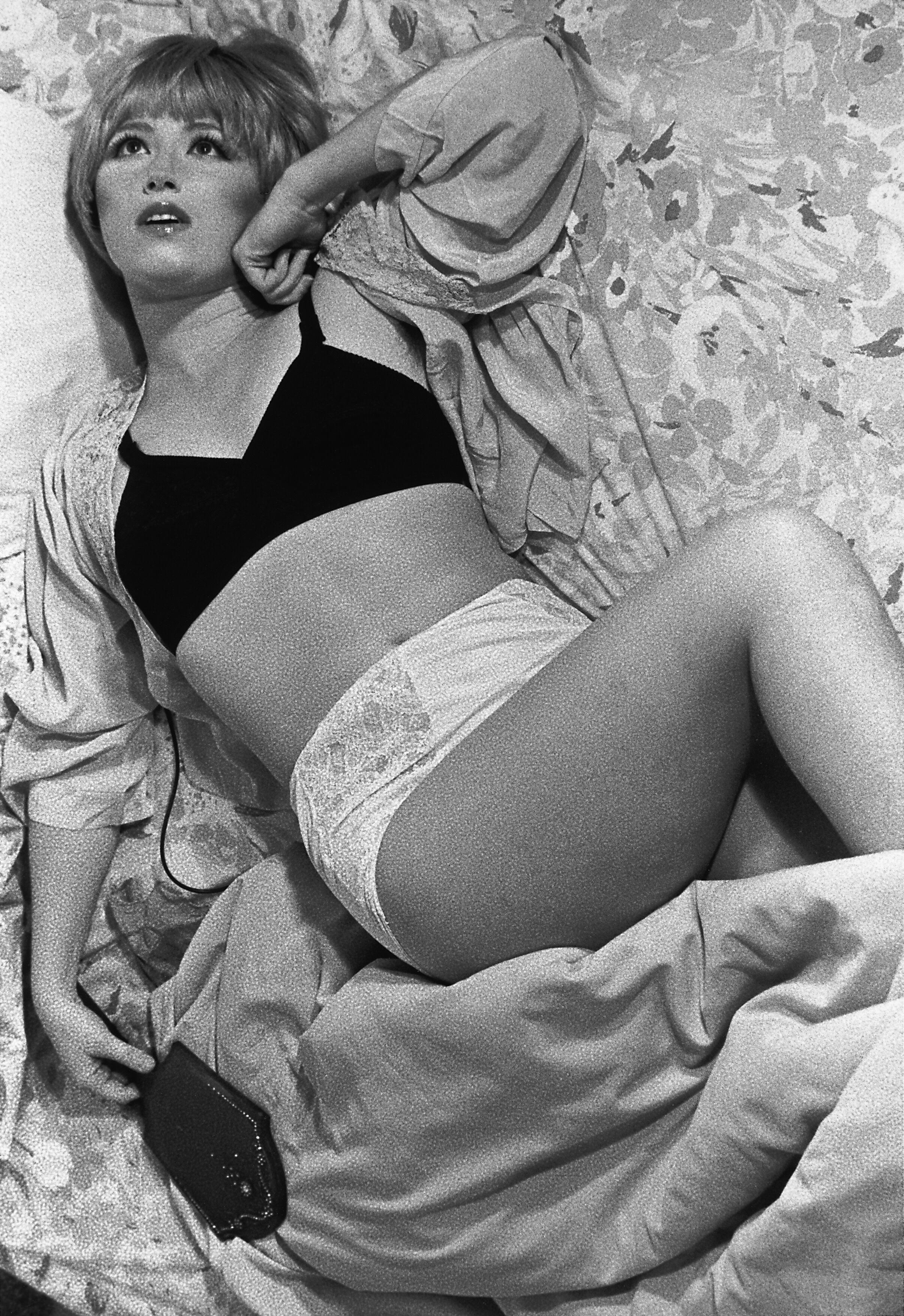
Cindy Sherman, Untitled Film Still #6, 1977
Themes of status and self-image continue in the Society Portraits (2008) and the 2016 Harper’s Bazaar commission. In both, women pose in lavish clothing and constructed settings, sometimes multiplied via exposure. The image becomes an echo chamber of aspiration, of artifice, of identity under scrutiny.
Receive our daily digest of inspiration, escapism and design stories from around the world direct to your inbox.
Perhaps more powerful is the Flappers (2016–2018) series. Sherman’s admiration for these women who challenged social norms and redefined fashion in the 1920s as acts of empowerment, emancipation and radical modernity is evident. The characters are handled with theatrical flair but without cruelty, with subtle nods to the visual language of the artist and photographer Otto Dix and August Sander. ‘There’s humour,’ says Barson, ‘but also a really intense identification,’ adding that one cannot assume a character ‘with this degree of proximity and accuracy without being somewhat sympathetic.’
Included here are Sherman’s seminal Untitled Film Stills (1977–1980) – the black-and-white photographs that propelled her to prominence as part of the Pictures Generation artists who were back then responding to mass media and celebrity. In each, Sherman styles herself and poses as various archetypal female characters (housewife, career girl, lonely city dweller) in the manner of starlets and scenes from mid-20th-century B-movies, film noir, art-house cinema. These are fabricated memories of cinematic tropes, for a sense of déjà vu without ever being recognisable.
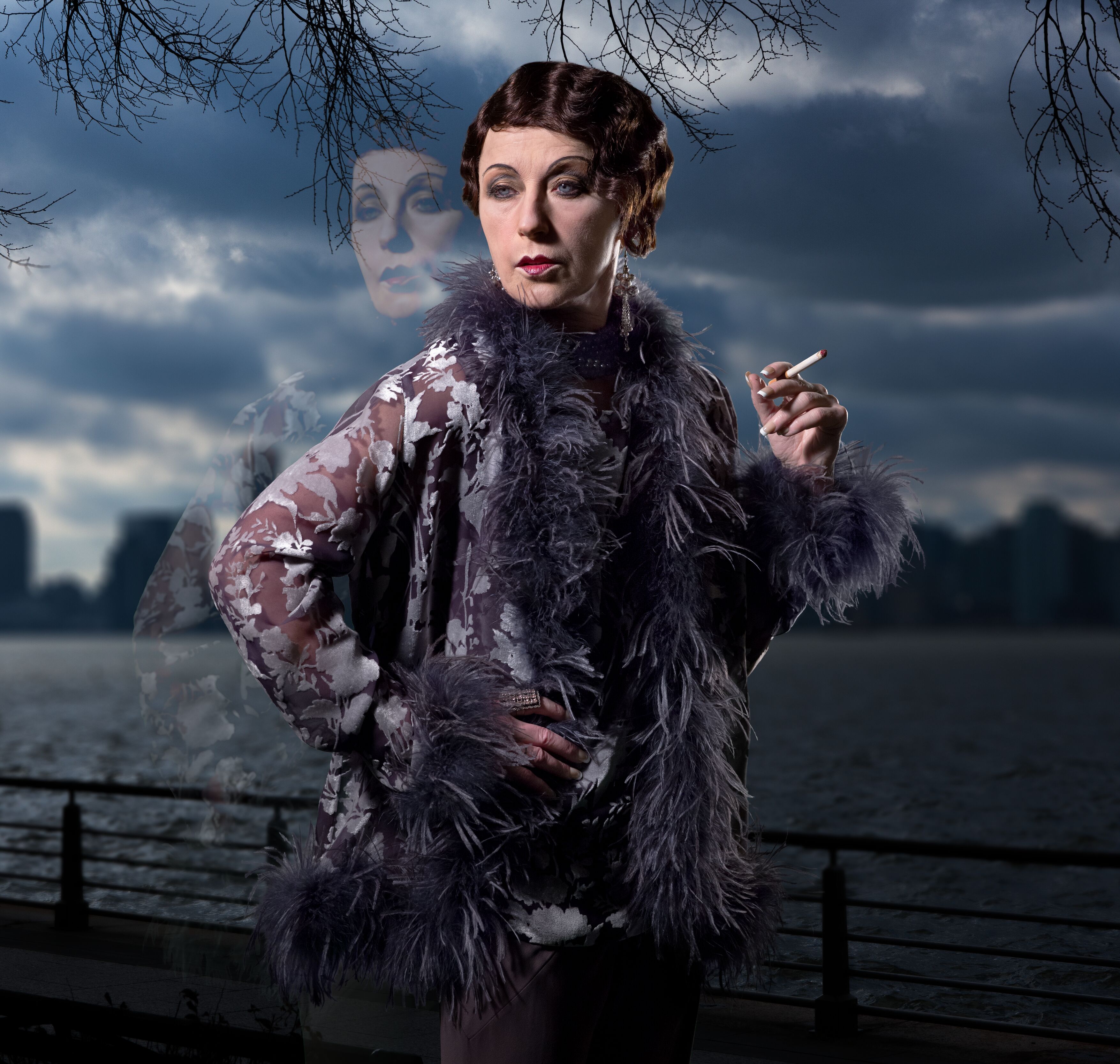
Cindy Sherman, Untitled #566, 2016
‘These are scenes from films we think we’ve seen, but they don’t exist,’ explains Barson. ‘There is a sophistication in the way she presents the figure in a landscape or interior – the way she uses distance, close-up, framing. It’s highly cinematic.’
Also on view in the final galleries, and interesting to observe now as the world transforms by tech, are early works such as Bus Riders and Murder Mystery (1976), which laid the foundations for her interest in character, performance and process. They seem naïve, charming even. As we observe a young girl in oversized jeans slouched on a bus bench Barson remarks, ‘there’s always a sense that we recognise these women, not just from cinema or media, but from real life. We’ve seen them on the bus, in our families, sometimes in ourselves.’
She says Sherman has been visualising much of the theorising we’ve been trying to do. ‘Her work provides the space for theory to operate,’ she notes. Taken together, the works in ‘The Women’ feel eerily contemporary. At a time when we are all, in some sense, performing ourselves for anonymous audiences, not always to great effect, Sherman’s lifelong investigation into the performance of the self could not be timelier.
‘This isn’t a comprehensive retrospective. It’s a reintroduction,’ says Barson. ‘Many of the works haven’t been seen in Spain before. It made sense to follow a non-linear curation, to allow people to meet these images in fresh ways before returning to the more iconic works.’
On this quiet island, surrounded by Piet Oudolf’s wild gardens and the glimmer of the Mediterranean, Sherman’s work takes on a new rhythm. These images – so deliberately staged – feel even more constructed here, set against nature’s ease. They remind us how much identity is curated, not inherited. And just as The Women revealed the roles women are expected to play, Sherman’s characters, too, hold a mirror to the performances of modern life. As Barson notes, Sherman may well find new audiences at Illa del Rei – visitors unfamiliar with her practice, encountering it anew in this unexpected setting.
‘Cindy Sherman. The Women’ is at Hauser & Wirth Menorca until 26 October 2025
A writer and editor based in London, Nargess contributes to various international publications on all aspects of culture. She is editorial director on Voices, a US publication on wine, and has authored a few lifestyle books, including The Life Negroni.
-
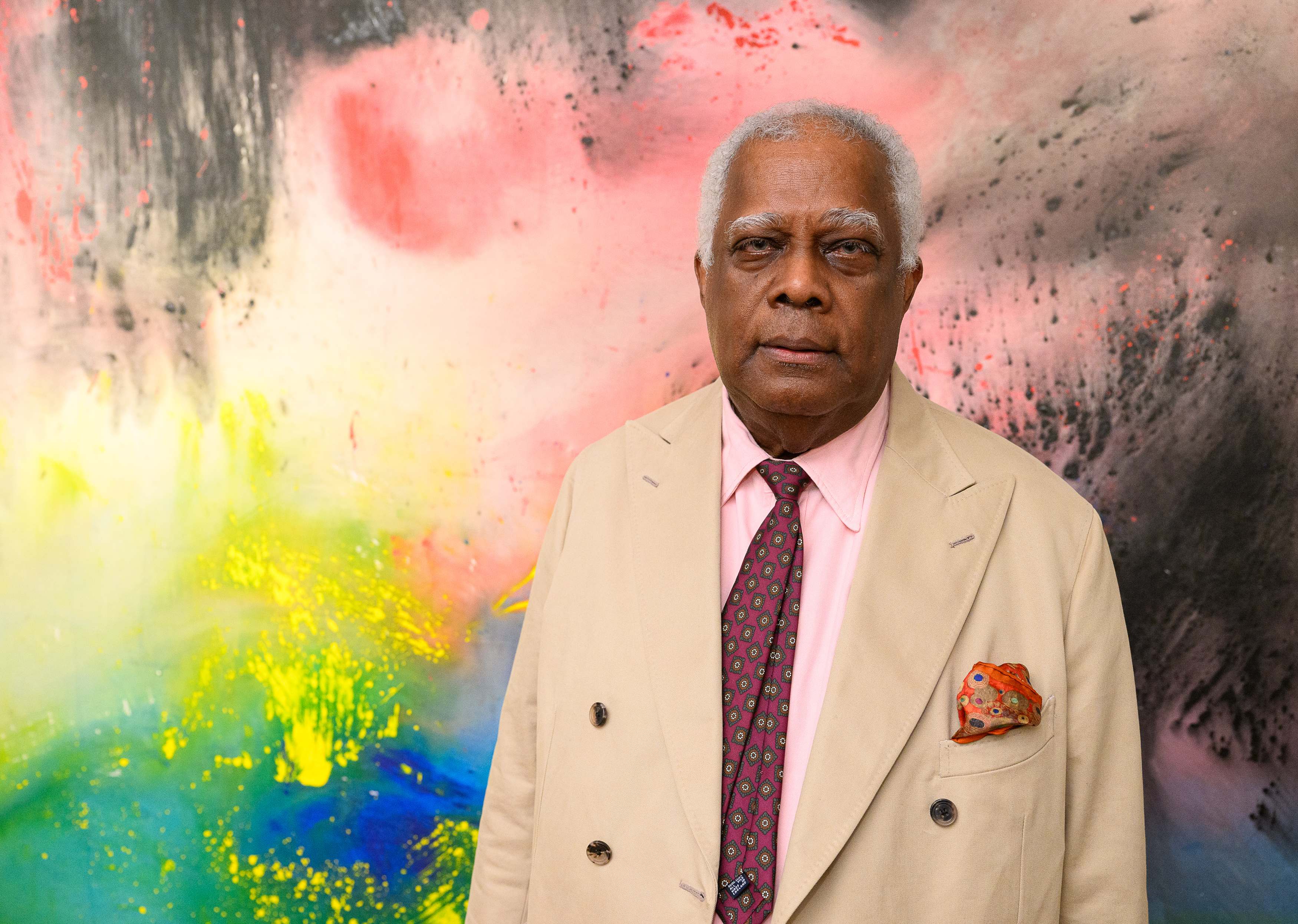 Winston Branch searches for colour and light in large-scale artworks in London
Winston Branch searches for colour and light in large-scale artworks in LondonWinston Branch returns to his roots in 'Out of the Calabash' at Goodman Gallery, London ,
-
 The most anticipated hotel openings of 2026
The most anticipated hotel openings of 2026From landmark restorations to remote retreats, these are the hotel debuts shaping the year ahead
-
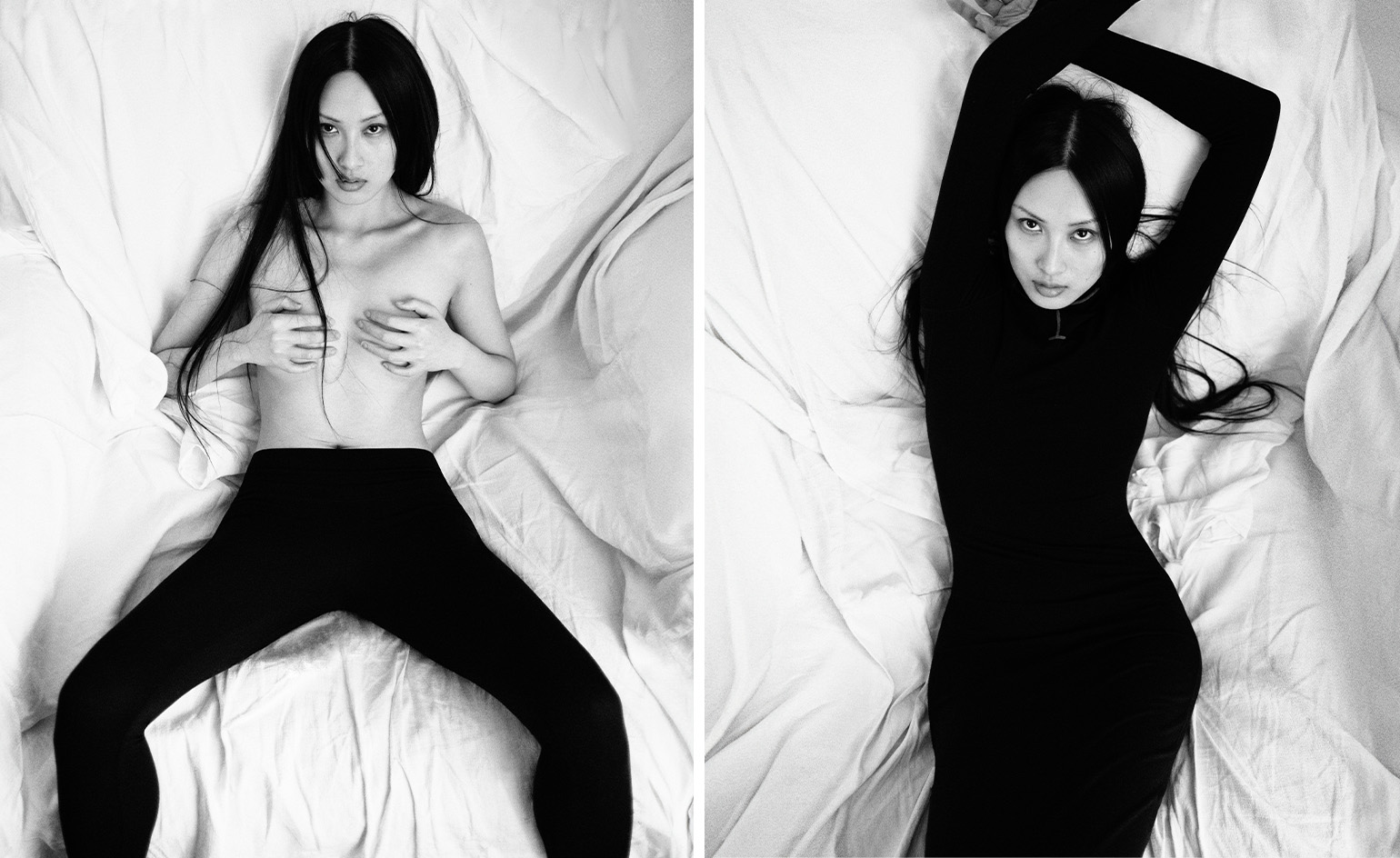 Is the future of beauty skincare you can wear? Sylva’s Tallulah Harlech thinks so
Is the future of beauty skincare you can wear? Sylva’s Tallulah Harlech thinks soThe stylist’s label, Sylva, comprises a tightly edited collection of pieces designed to complement the skin’s microbiome, made possible by rigorous technical innovation – something she thinks will be the future of both fashion and beauty
-
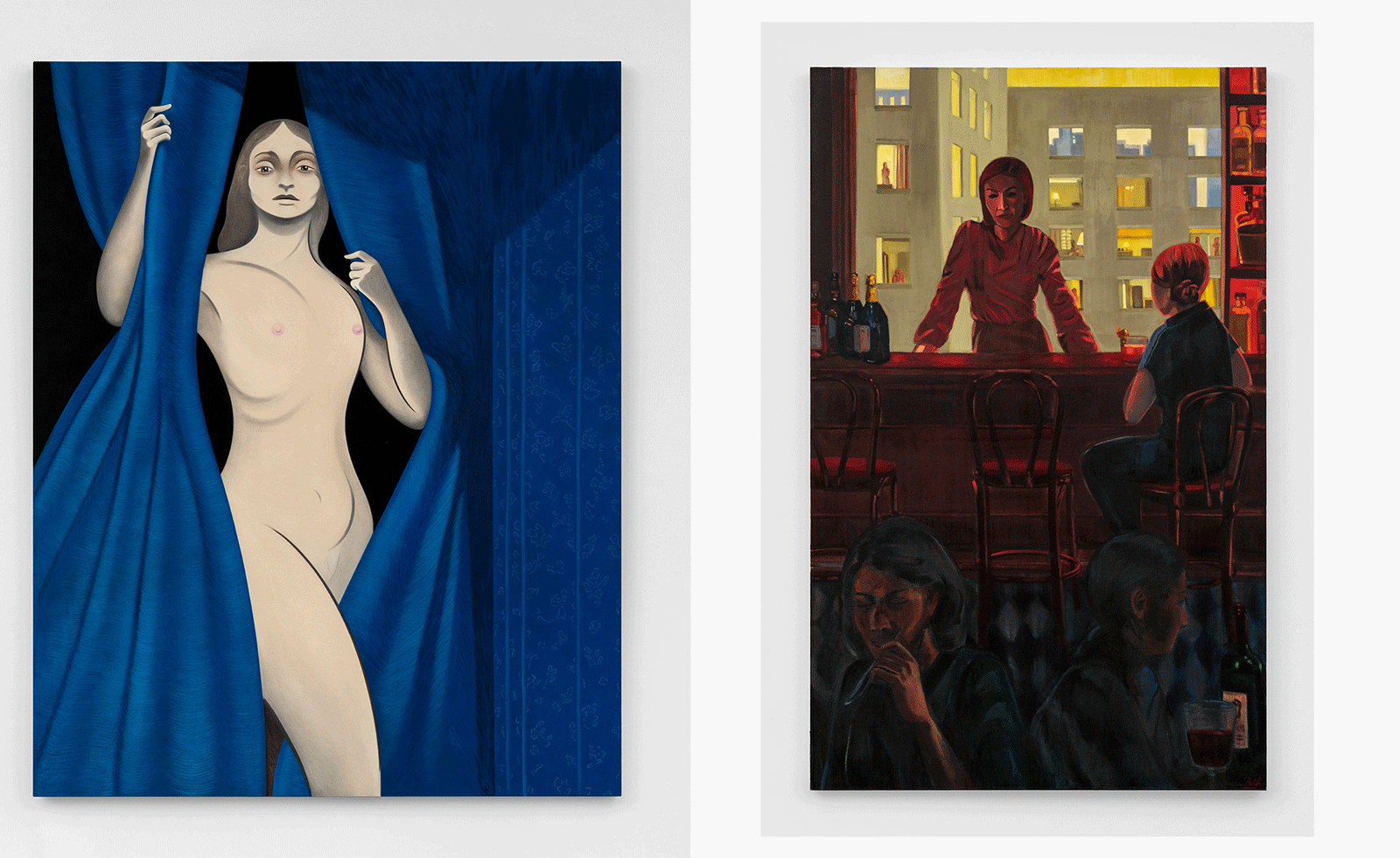 Artists imbue the domestic with an unsettling unfamiliarity at Hauser & Wirth
Artists imbue the domestic with an unsettling unfamiliarity at Hauser & WirthThree artists – Koak, Ding Shilun and Cece Philips – bring an uncanny subversion to the domestic environment in Hauser & Wirth’s London exhibition
-
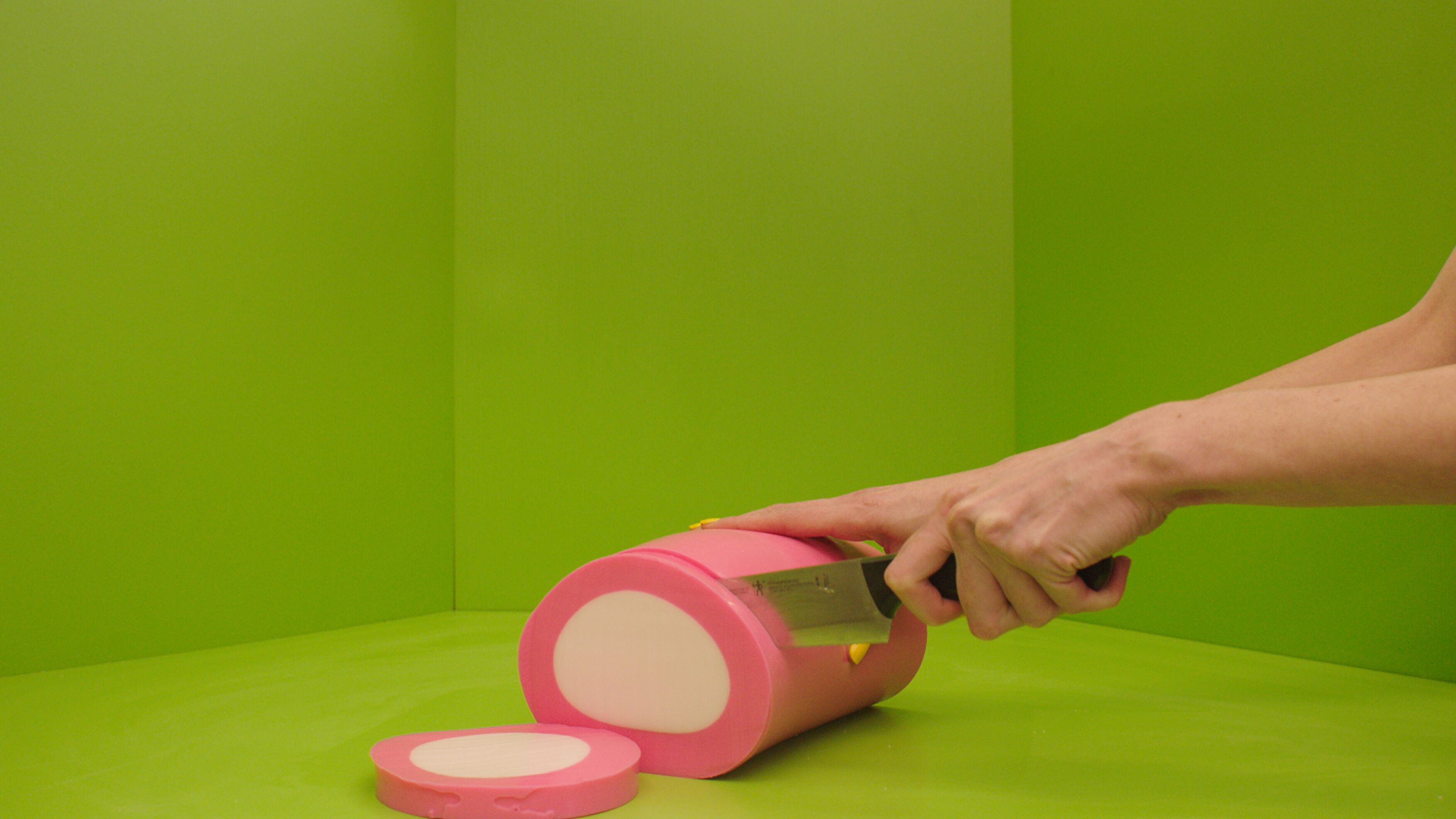 What is recycling good for, asks Mika Rottenberg at Hauser & Wirth Menorca
What is recycling good for, asks Mika Rottenberg at Hauser & Wirth MenorcaUS-based artist Mika Rottenberg rethinks the possibilities of rubbish in a colourful exhibition, spanning films, drawings and eerily anthropomorphic lamps
-
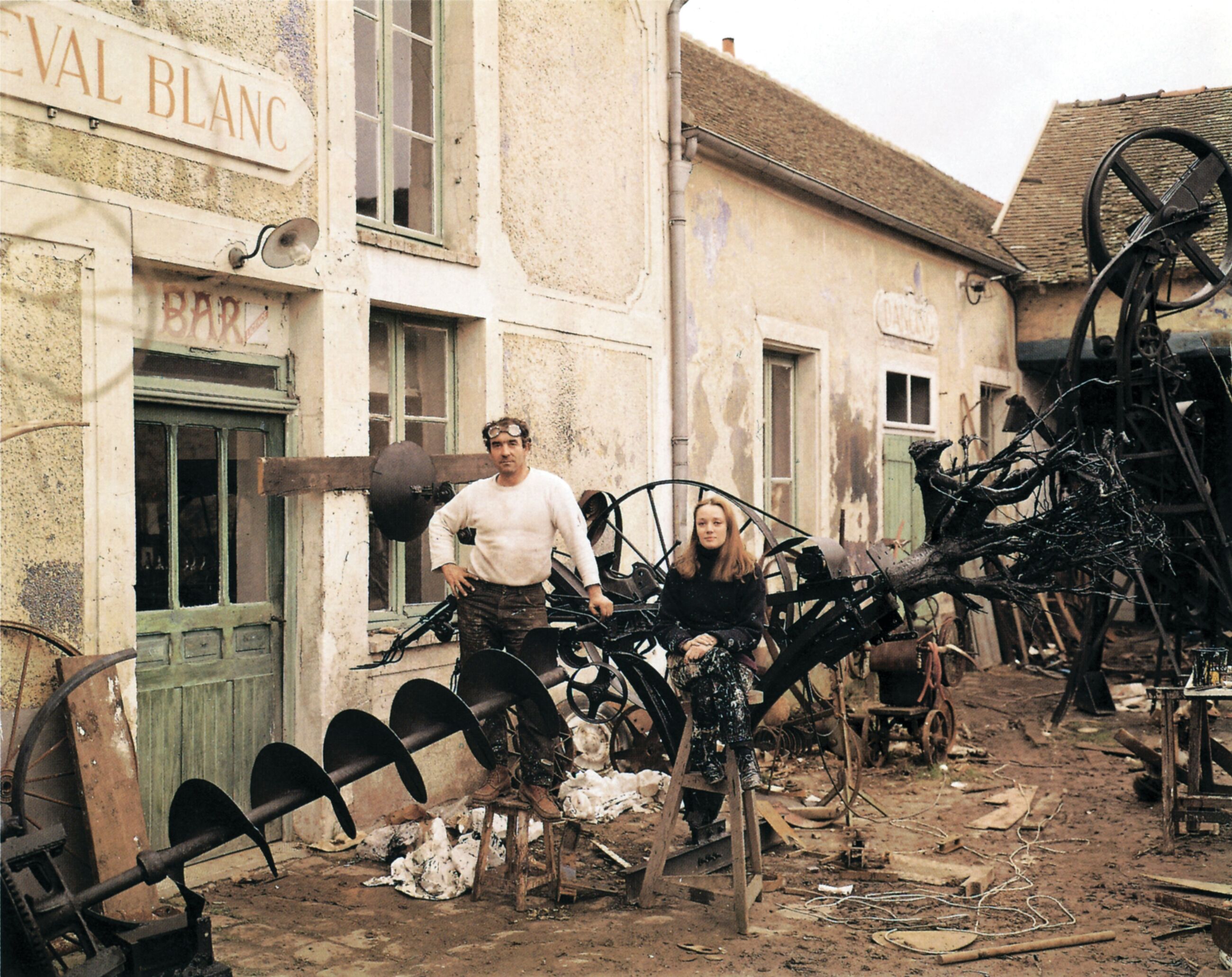 See the fruits of Niki de Saint Phalle and Jean Tinguely's creative and romantic union at Hauser & Wirth Somerset
See the fruits of Niki de Saint Phalle and Jean Tinguely's creative and romantic union at Hauser & Wirth SomersetAn intimate exhibition at Hauser & Wirth Somerset explores three decades of a creative partnership
-
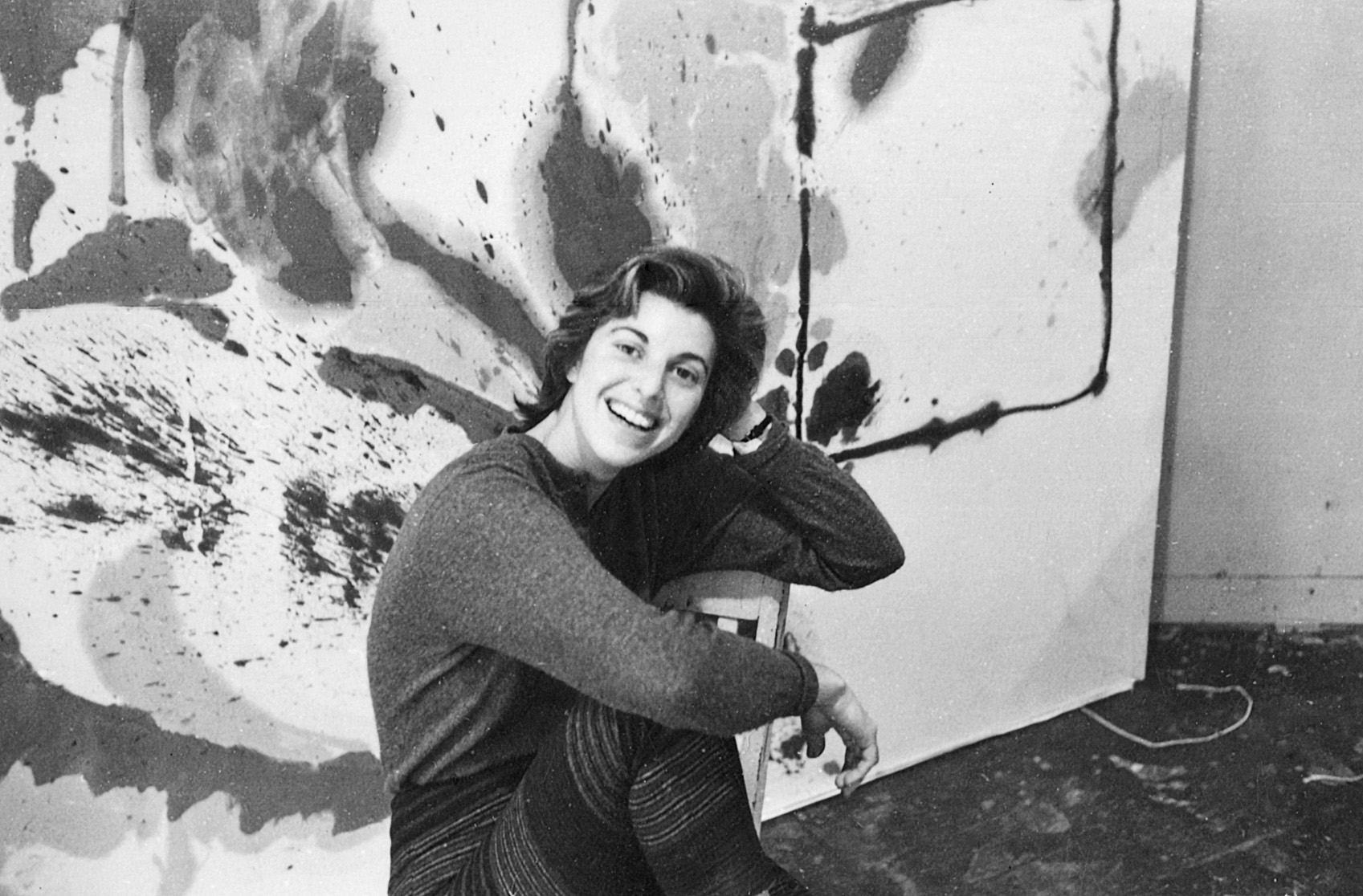 The largest posthumous survey of Helen Frankenthaler puts her in the frame with Pollock and Rothko
The largest posthumous survey of Helen Frankenthaler puts her in the frame with Pollock and RothkoGuggenheim Bilbao hosts 'Painting Without Rules', a major exhibition of soak-stain innovator Helen Frankenthaler’s paintings that also includes Pollock and Rothko
-
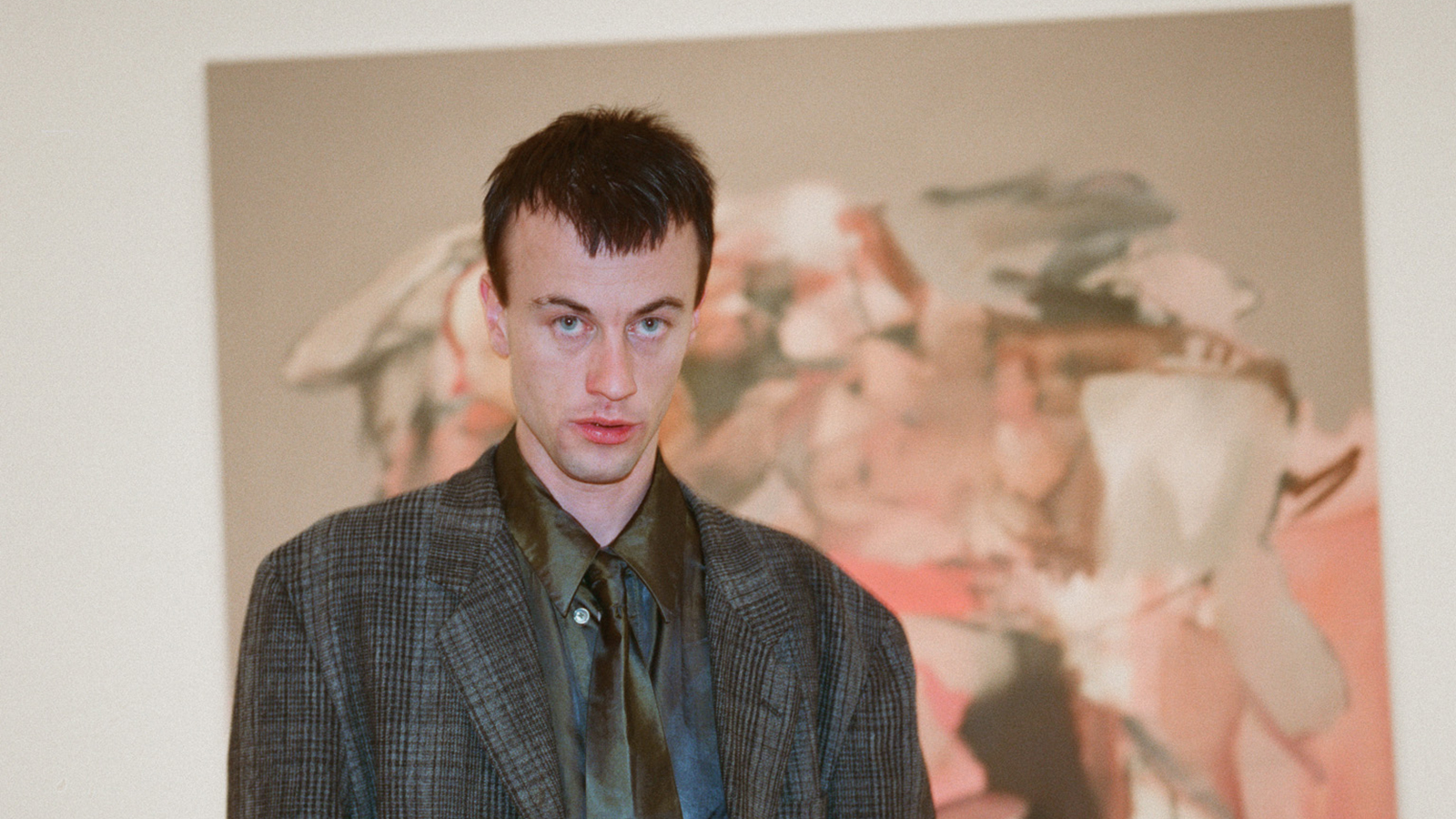 Inside the distorted world of artist George Rouy
Inside the distorted world of artist George RouyFrequently drawing comparisons with Francis Bacon, painter George Rouy is gaining peer points for his use of classic techniques to distort the human form
-
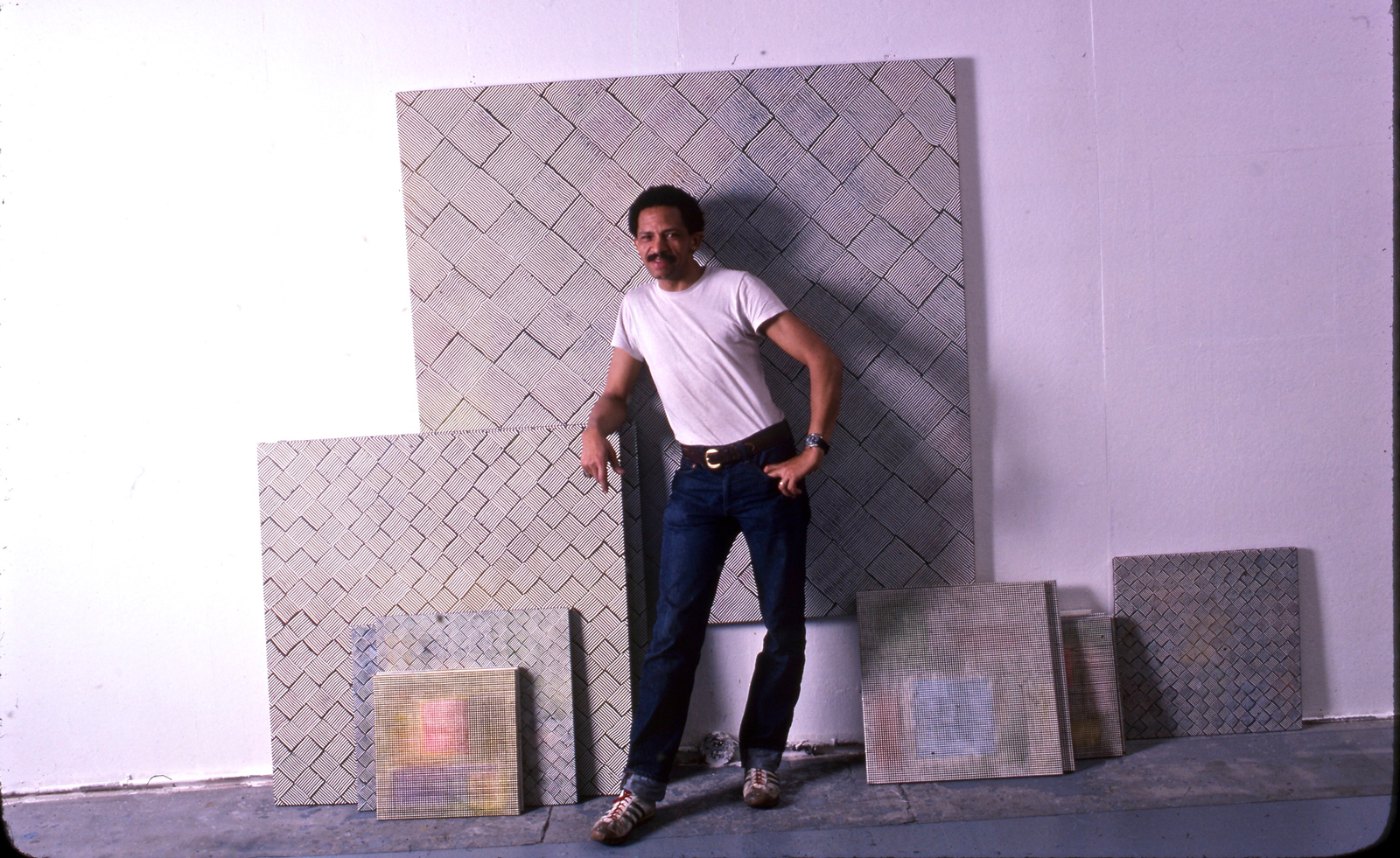 Inside Jack Whitten’s contribution to American contemporary art
Inside Jack Whitten’s contribution to American contemporary artAs Jack Whitten exhibition ‘Speedchaser’ opens at Hauser & Wirth, London, and before a major retrospective at MoMA opens next year, we explore the American artist's impact
-
 The lesser-known Los Angeles galleries contributing to a vibrant art scene
The lesser-known Los Angeles galleries contributing to a vibrant art sceneOutside of LACMA, MOCA and The Broad, these independent LA galleries are major players in the art world
-
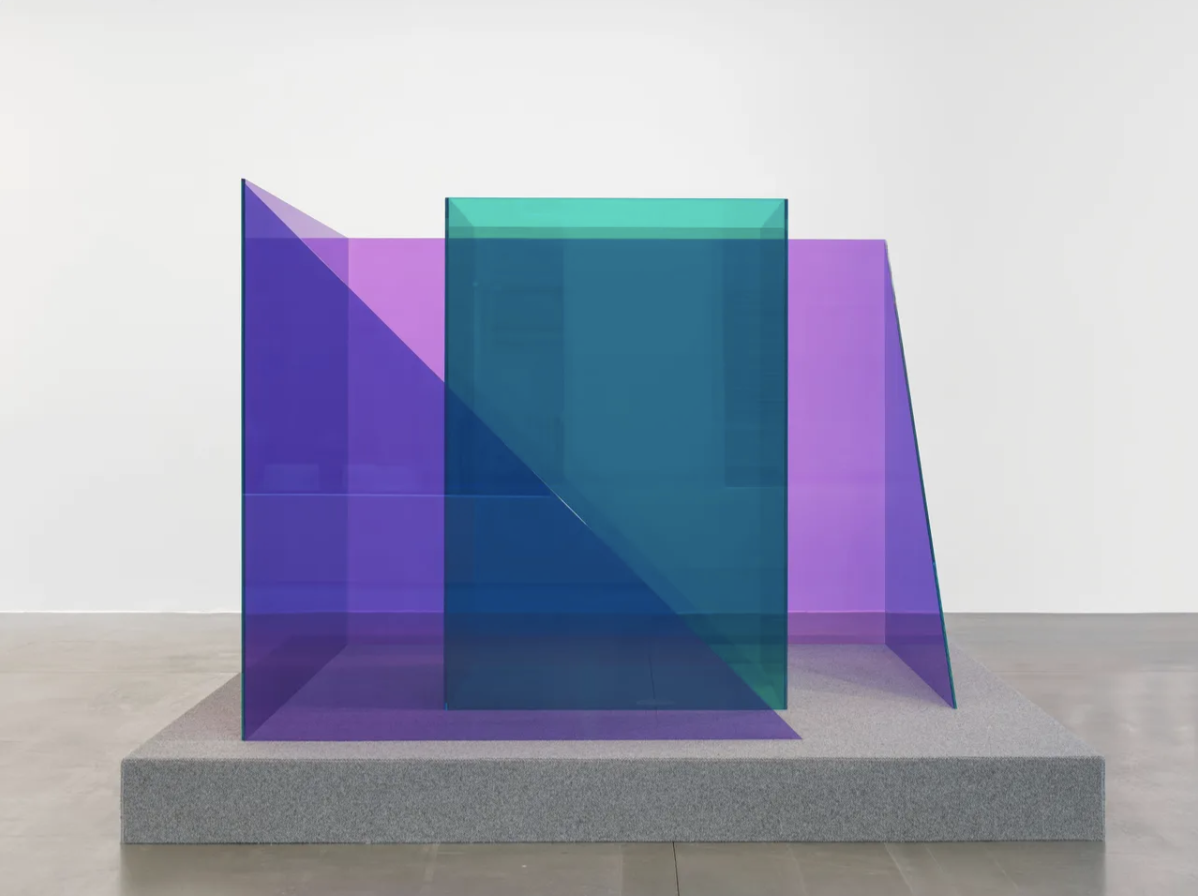 Larry Bell explores the ethereal nature of glass in Monaco
Larry Bell explores the ethereal nature of glass in MonacoLarry Bell's retrospective at Hauser & Wirth, Monaco, unites old and new work